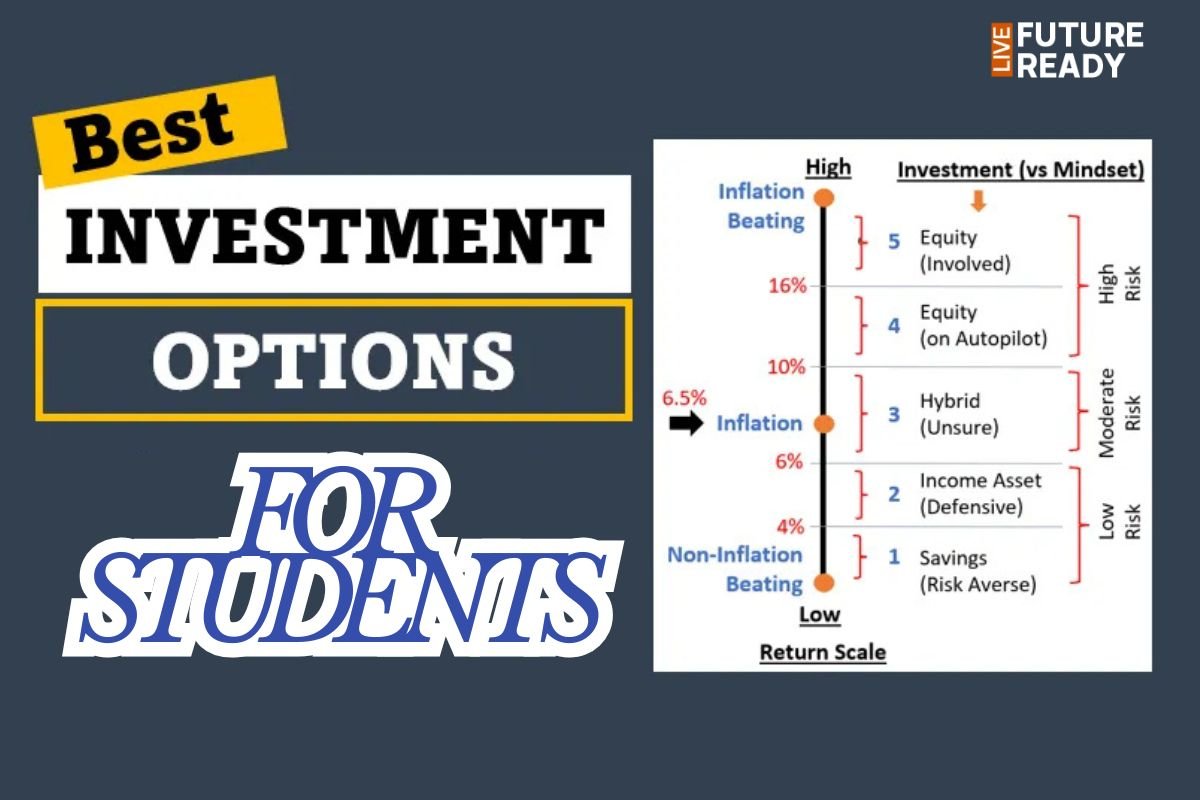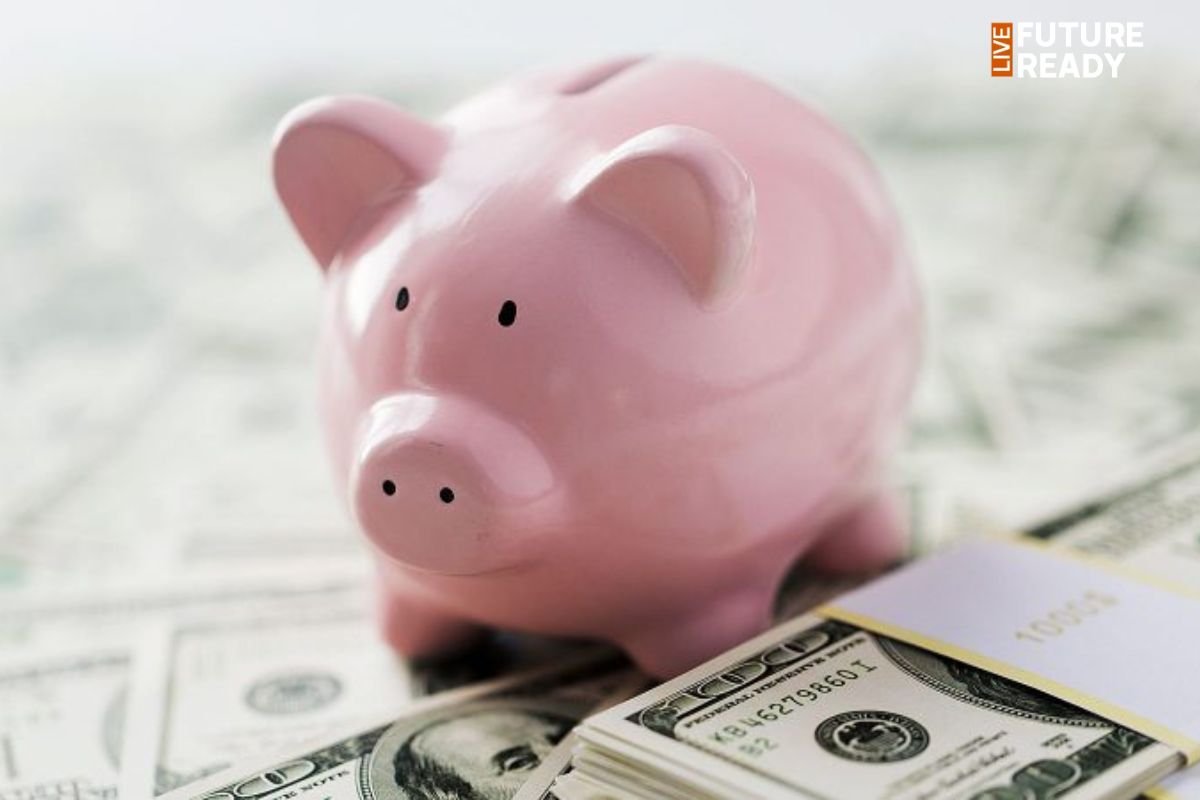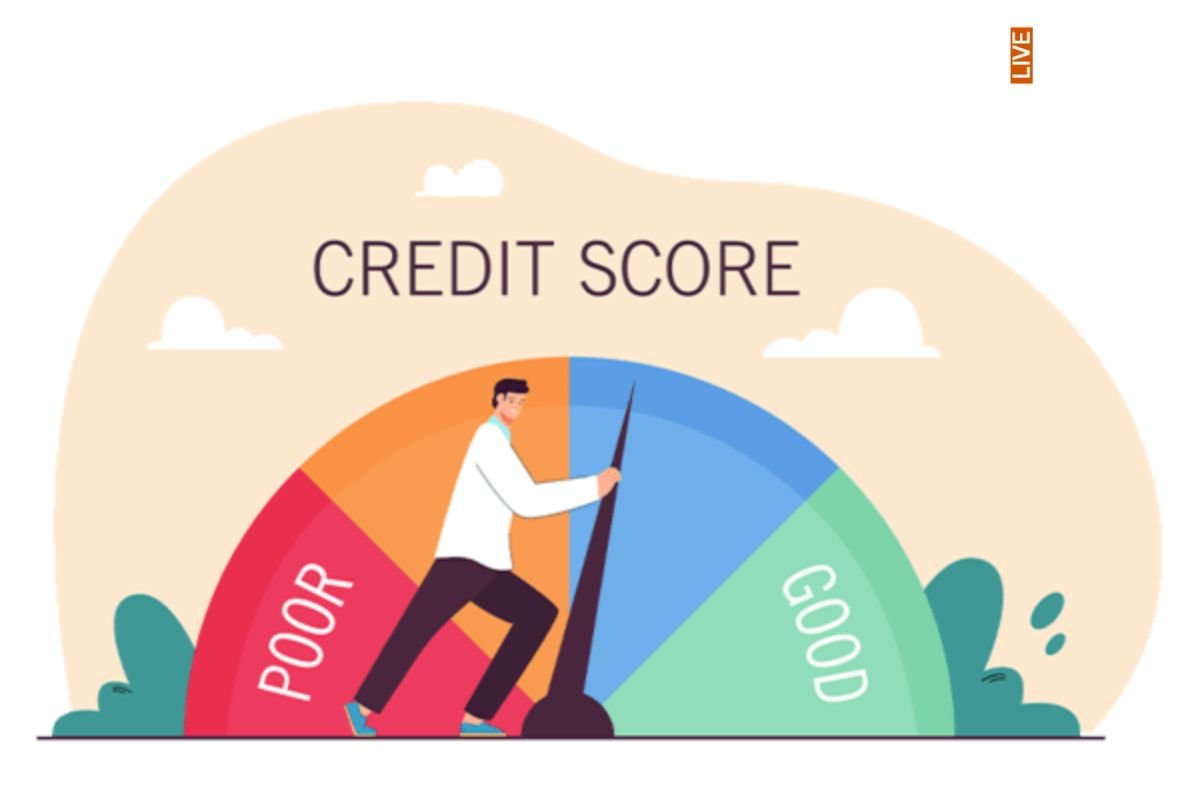An emergency fund is a financial safety net designed to help young adults handle unexpected expenses like medical bills, urgent repairs, or job loss—without falling into debt. Building this fund early gives peace of mind and greater financial independence, whatever life throws your way.
What Is an Emergency Fund and Why Is It Important?
-
Definition: An emergency fund is money set aside to cover sudden, essential expenses—separate from your regular savings.
-
Purpose: It helps you avoid relying on credit cards or loans during crises such as illness, car breakdowns, or job layoffs.
-
Key Benefit: Even a modest emergency fund prevents financial stress and gives time to recover from shocks without long-term consequences.
How Much Should You Save?
-
Aim to save 3–6 months’ worth of your essential living expenses (rent, food, utilities, loan payments).
-
Start small—₹5,000–₹20,000 is a reasonable goal for college students and new earners; increase your target as income grows.
-
Calculate your minimum goal by totaling all unavoidable monthly expenses, then multiply by three or six to cover a job loss or major emergency.
How to Start Your Emergency Fund
-
Open a Dedicated Savings Account
-
Use a basic or high-yield savings account for easy access and no withdrawal penalty.
-
-
Create a Budget and Automate Savings
-
Set up an automatic monthly transfer from your salary or allowance into your emergency fund.
-
Even small, regular contributions add up over time (₹500 a week becomes ₹26,000+ per year).
-
-
Save Windfalls and Bonuses
-
Channel extra income (bonuses, gifts, part-time pay) straight into your fund before spending.
-
-
Cut Unnecessary Expenses
-
Reduce dining out, streaming subscriptions, or impulse purchases—redirect the savings to your emergency account.
-
Where to Keep Your Emergency Fund
-
High-Yield Savings Account: Safe, liquid, and earns better returns than ordinary savings.
-
Fixed or Recurring Deposit: Stable returns; check for penalty-free withdrawal options.
-
Liquid Mutual Funds or Debt Funds: For bigger funds; offers reasonable returns with quick access.
Smart Practices and Mistakes to Avoid
-
Use the fund strictly for genuine emergencies—not for planned purchases or vacations.
-
Replenish your fund every time you withdraw from it.
-
Avoid mixing the emergency fund with regular savings so you don’t dip into it accidentally.
Final Thoughts
Starting an emergency fund may seem tough, but even small, consistent savings make a big difference over time. For young adults, this fund is key to building good financial habits and handling life’s surprises with confidence.
Read more on our website: Future Ready, your go-to platform for the best educational content and latest updates.
Also Read More Related Blogs :-




















